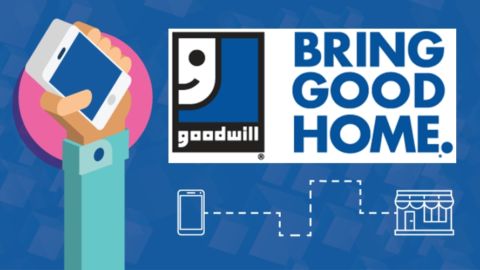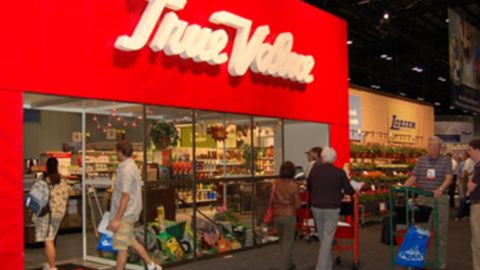As a retailer that began its journey in the catalog business, L.L.Bean has taken many steps to evolve its supply chain to cater to consumer demand. The latest move has lengthened and improved its forecasting capabilities.
The retailer’s recent major supply chain overhaul began in 2014, with the implementation of new forecasting and fulfillment tools from JDA Software. Since implementing the solutions, L.L.Bean has:
- Extended forecasting abilities from monthly and seasonal to 18 months in advance;
- Improved forecast accuracy 4%;
- Switched forecast processes from manual to automatic; and
- Tightened its inventory management levels.
L.L.Bean partnered with four different vendors as part of this business transformation; JDA drove the supply chain changes. Prior to implementing JDA Demand, L.L.Bean had six legacy forecasting tools to create forecasts and measure accuracy. This fragmentation made it difficult for L.L.Bean to make projections, despite plenty of historical data to work from.
“With six tools, you never had the single version of truth,” said Kirsten Piacentini, VP of Inventory Management at L.L.Bean in an interview with Retail TouchPoints. “You could always have six different people telling you the different answer for what the forecast was. We could only forecast so many months into the future, and we forecasted in chunks of time — we forecasted Spring and Fall completely separately. Now we have this tool that forecasts out 18 months rolling all the time, so it’s given us more transparency and a longer time horizon.”
In addition to lengthier forecasts, the retailer now has a better chance of recognizing slow-moving items, identifying fast-trend items and taking advantage of products with short lifecycles.
The new system downloads data for every product in every channel, automatically, each night. L.L.Bean can feed these forecasts into JDA Fulfillment to identify which products are growing and selling more, and plan production around these results. Suppliers then use the data to make commitments on fabric colors, and to determine when and in what quantities raw materials should be ordered.
“We have better insight for our vendors so that they can do their planning, so that when we’re ready to write our purchase orders, they’re not taken by surprise that we’re either dramatically increasing or decreasing our order,” Piacentini said. “All of this is about providing better service for our customers. To the extent that we can improve forecasting accuracy, and better communication with our vendors, we increase the chances of having the right product in the warehouse or in the stores at the right time.”
L.L.Bean Streamlines Inventory Management
Another benefit of the supply chain overhaul has been slimmer inventory levels as the retailer breaks its overstocking habits. When L.L.Bean expanded beyond its first store, the retailer didn’t have the right amount of merchandise to properly set up the store. As a result, the retailer used to categorize inventory into different pools: retail and direct (online/catalog). But over time, L.L.Bean accumulated excess inventory in both pools that could have been used in another channel. With the improved forecasting capabilities, the team has contracted its inventory pools back into one.
“You can make or break a company on the back of inventory,” Piacentini said. “For L.L.Bean, and I have to think it’s true for any retailer, it’s the largest tangible asset. We spend more money on inventory than we do on anything else in the company. If it’s not done well, you will bankrupt a company. At this point in time, this is a better way to manage our inventory, because we’re buying less overall. We’re not trying to meet vendor minimums in each channel. We used to have to run separate purchase orders and now we just run one purchase order for the whole company for a particular product.”
‘Crawl, Walk, Run’ Into 2018
L.L.Bean carries out a “Crawl, Walk, Run” philosophy when introducing new solutions into the business. The retailer recently implemented an enterprise planning platform and plans to improve on its use in 2018. Additionally, L.L.Bean wants to implement JDA’s Assortment Planning and Demand 360 platform as an add-on to the Demand implementation. With these platforms, the retailer aims to further align with its shoppers’ purchase preferences.
“There’s this concept of fast fashion driving a lot of retail, but that’s not who L.L.Bean is,” Piacentini said. “L.L.Bean wants to have new products that incent shoppers to come back to our web site and into our stores, but for us it’s about building high-quality products that stand the test of time and really creating a broader reach across more customers who love and enjoy the outdoors.”













